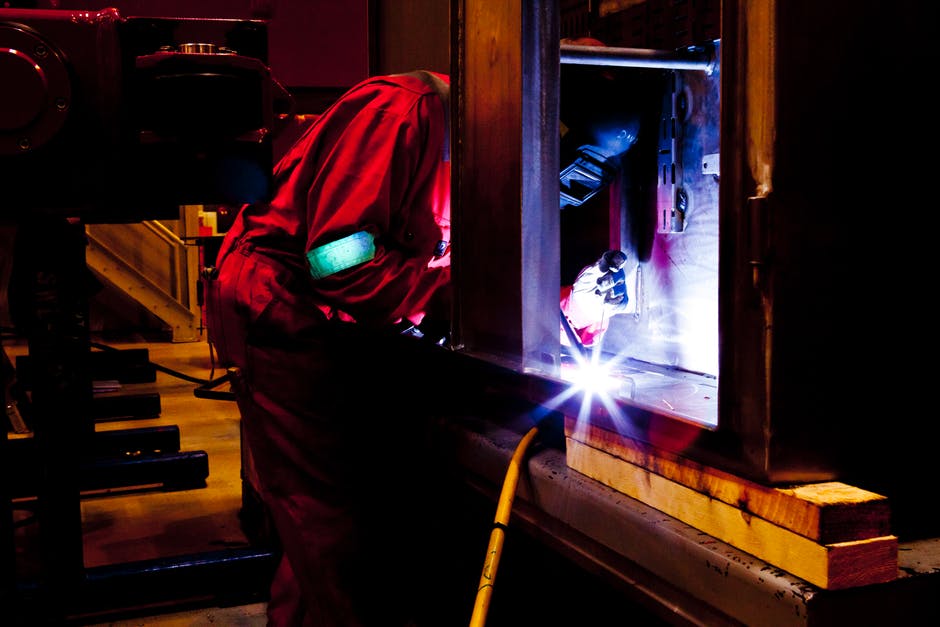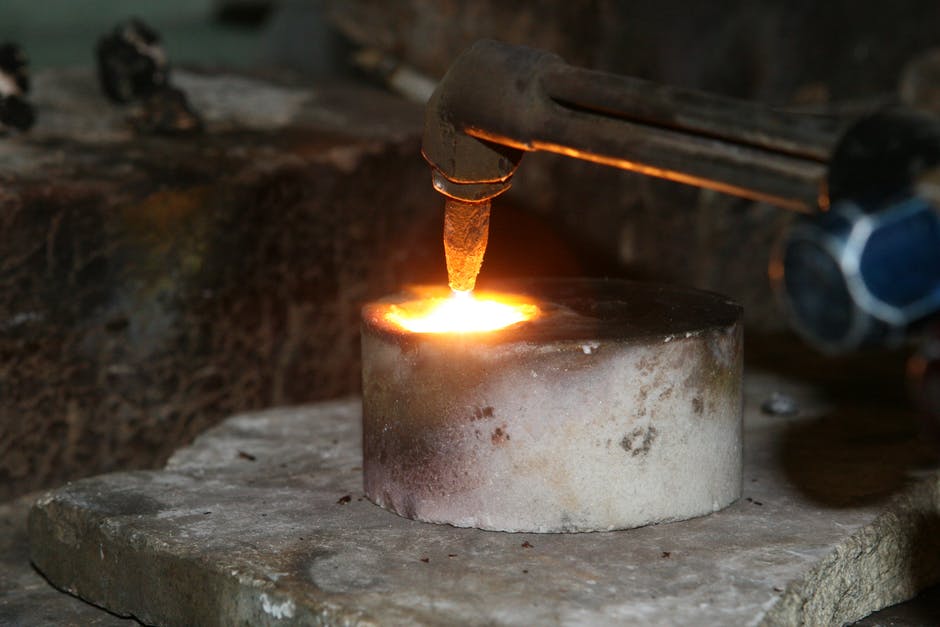Jan 5th 2018
The Evolution of the Clean Air Act
If you work in the manufacturing, welding, or woodworking industry, you’ve likely already heard of the Air Pollution Control Act of 1955. As the first federal legislation involving air pollution, this law was established to monitor and control the amount of air pollution in various processing facilities. While this legislation was modified over the course of several years, it established a federal program within the U.S. Public Health Service to research and authorize techniques for monitoring and controlling air pollution. As a leading provider of air cleaning solutions and dust collection products, the experts at Bisco Enterprise understand how critical your air cleaning systems are to your business. If you’re unfamiliar with the history of the Clean Air Act of 1970, or you’re interested in learning more about how this law affects your manufacturing business, our specialists are here to clear things up.
The Air Pollution Control Act of 1955
The Air Pollution Control Act of 1955 provided the first funds for federal research in air pollution. In 1970, we saw a major shift in the federal government’s role in air pollution control. The enactment of the Air Pollution Control Act authorized the development of new federal and state regulations in order to limit emission from both stationary or industrial sources, as well as mobile sources. It was during this time that four major regulatory programs were initiated to monitor and control stationary sources of air pollution.
The National Ambient Air Quality Standards (NAAQS)

When the Clean Air Act was introduced in 1970, it required the U.S. Environmental Protection Agency (EPA) to set National Ambient Air Quality Standards, also known as NAAQS. These unique air pollution standards were set for four widespread pollutants that were considered harmful to both the public and the environment. While these pollutants can come from numerous and diverse sources, including metalworking and medical facilities, the EPA has set NAAQS for six principal pollutants. These harmful and dangerous pollutants include:
- Carbon Monoxide
- Lead
- Nitrogen Dioxide
- PM 10
- Any particulate matter with a diameter less than or equal to 10 microns
- PM 2.5
- Any particulate matter with a diameter less than or equal to 2.5 microns, also known as fine particulate matter
- Sulfur Oxides
- Ozone
The Clean Air Act has established two different types of national air quality standards:
- Primary standards set limits in order to protect public health, including the health of populations deemed sensitive such as children, the elderly and asthmatics.
- Secondary standards set limits to protect public welfare which includes protection against visibility impairment, damage to animals, crops, vegetation and buildings.
State Implementation Plans (SIPs)
The State Implementation Plan or SIP is a federally enforceable air quality control plan for each state. Ironically, the adoption of this critical legislation occurred during the same time as the National Environmental Policy Act established the U.S. Environmental Protection Agency. This plan identifies how a state will attain and maintain the primary and secondary National Ambient Air Quality Standards listed above. The state and federal roles for developing air quality SIPs can vary, so we’ve created a summary of their responsibilities below.
The State’s Role in an SIP
- Each SIP is required to contain a number of elements by the Clean Air Act that must be developed and adopted through a process that allows public input.
- Once the plan has been adopted by the state, each required SIP element will need to be submitted by the Governor’s designee to the EPA.
- As the National Ambient Air Quality Standards change and fluctuate, states must submit revisions to the SIP to demonstrate the attainment and proper maintenance of those new or revised standards.
The EPA’s Role in an SIP
- The EPA must review and act to approve or disapprove each element that is submitted to them.
- The EPA must consider public input before taking final action on a state’s air pollution control plan.
- If the EPA approves of the SIP, the new control measures are enforceable in federal court.
- The EPA makes state SIP submissions available to the public where it is published in the Federal Register.
New Source Performance Standard (NSPS)
New Source Performance Standards, also known as NSPS, are federal standards adopted by the U.S. Environmental Protection Agency to regulate air emissions created by various types of industrial facilities. All industries that are subject to the NSPS are required to meet certain criteria and general requirements, such as monitoring and record keeping, to ensure they are meeting air quality compliance standards.
National Emission Standards for Hazardous Air Pollutants (NESHAP)
National Emission Standards for Hazardous Air Pollutants are stationary source standards put in place for hazardous air pollutants. Hazardous air pollutants (HAPs) are pollutants that are best known or suspected to cause cancer or other serious health issues such as reproductive effects or adverse environmental effects. Those who are subject to NESHAPs are often required to partake in an initial performance test to demonstrate compliance within their facility. They may also be required to install and operate continuous emissions monitors to demonstrate compliance as well. If the EPA visits your manufacturing facility for an air quality inspection, you can expect them to:
- Review documents and reports
- Interview employee and facility personnel knowledgeable of your facility
- Carefully inspect the processes that have emissions points
- Inspect against design and work practice standards
- Review any leaks and recommend repair methods
The Clean Air Act Amendments

1977
In 1977, major amendments were added to the Clean Air Act. Concerned provisions for the Prevention of Significant Deterioration (PSD) of air quality in areas under National Ambient Air Quality Standards were put under the microscope. In 1977, the Clean Air Act also implemented requirements pertaining to sources of pollution in non attainment areas for NAAQS. A non attainment area is a location that does not meet one or more of the federal air quality standards.
1990
In 1990, another set of amendments was added to the Clean Air Act that would increase the authority and responsibility of the federal government. Brand new regulatory programs were put in place to control acid deposition (acid rain), as well as the issuance of stationary source operating permits.
Principal Milestones of the Clean Air Act
While many principal milestones were created during the various re-visitations of the Clean Air Act, below are some of the most noteworthy.
The Air Pollution Control Act of 1955
- As the first federal air pollution legislation, the Air Pollution Control Act was initiated to help reduce and control the use of harmful emissions.
- This Act funded the research for sources and remedies of air pollution.
The Clean Air Act of 1963
- Authorized the initial development of a national program to address environmental problems like air pollution.
- Authorized in depth research into techniques to minimize and reduce air pollution in the workplace.
The Air Quality Act of 1967
- Enforced procedure for air pollution issues involving interstate transport of air pollutants.
Clean Air Act of 1970
- Authorized and established the National Ambient Air Quality Standards (NAAQS).
- Created requirements for State Implementation Plans in order to achieve the National Ambient Air Quality Standards.
- Established the New Source Performance Standards for new and modified stationary sources of air pollution.
- Authorized the establishment of the National Emissions Standards for Hazardous Air Pollutants.
- Authorized requirements in order to control dangerous motor vehicle emissions
1977 Amendments To The Clean Air Act of 1970
- Created provisions related to the Prevention of Significant Deterioration
- Authorized provisions related to areas considered non attainment with respect to the NAAQS.
1990 Amendments To The Clean Air Act of 1970
- These amendments authorized programs for Acid Deposition Control
- Established permit programs requirements.
- Authorized a program to control 189 toxic pollutants, including those that were previously regulated by the NESHAP.
- Created a program to phase out the use of chemicals that deplete the ozone layer.
At Bisco Enterprise, we’re proud to be an industry leader in air cleaning and dust collection products. Whether you work in welding, metalworking, wood waste management or composite, our professionals can help you choose the best air cleaning and dust collection products for your facility. With more than 40 years of experience specializing in a variety of industrial applications, our team has the skills and experience needed to recommend the most efficient air cleaning solutions. Browse our large selection of dust collectors, mist collectors and fume collectors online or give us a call to learn more about our amazing air cleaning products!

